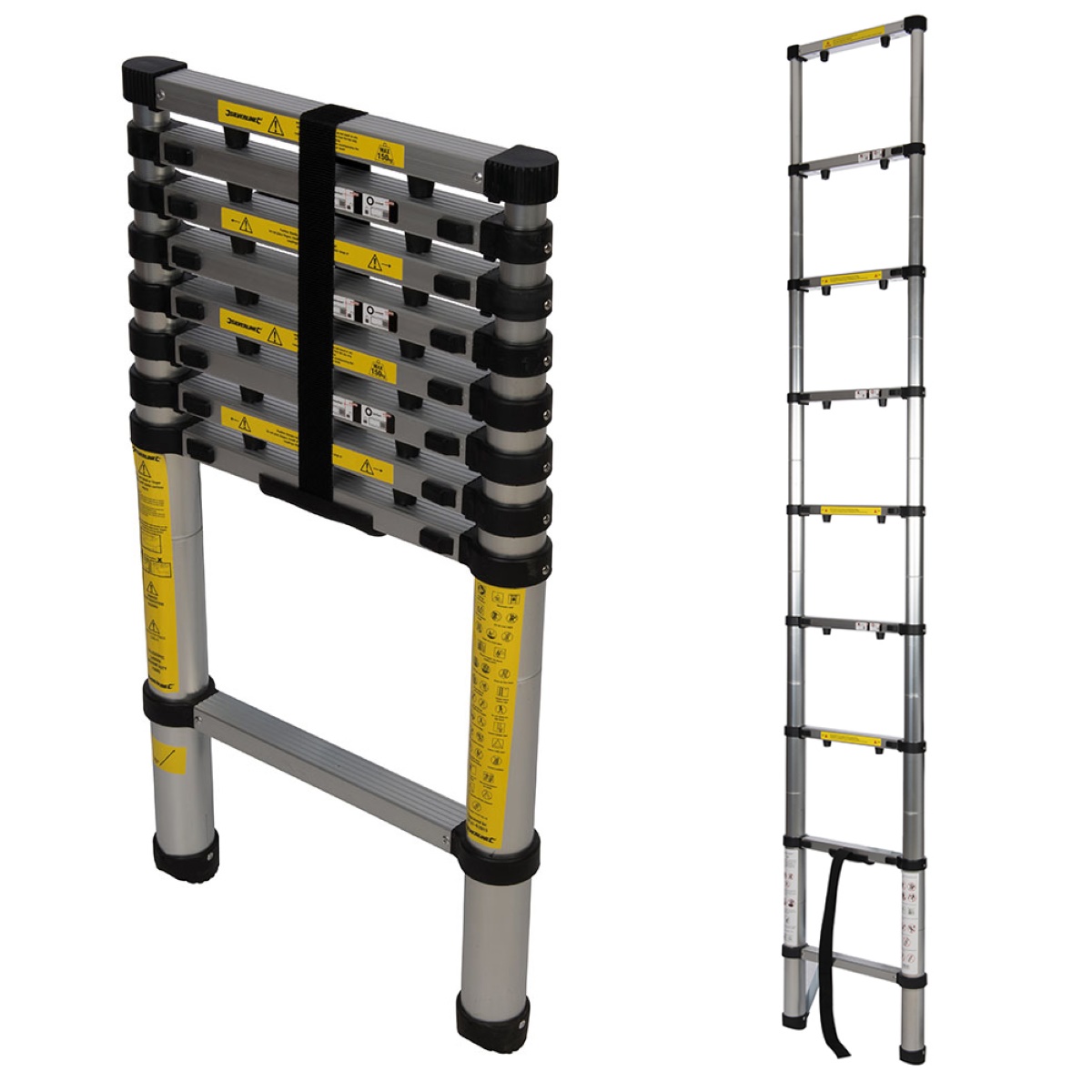

Articles
What Is A Telescopic Ladder
Modified: February 17, 2024
Discover everything you need to know about telescopic ladders in this informative article. Find valuable insights, tips, and recommendations to make an informed buying decision.
(Many of the links in this article redirect to a specific reviewed product. Your purchase of these products through affiliate links helps to generate commission for Storables.com, at no extra cost. Learn more)
Introduction
A telescopic ladder is a versatile and innovative tool that has revolutionized the world of construction, maintenance, and DIY projects. Designed to be compact and portable, this ladder offers the convenience of adjustable height and easy storage. Whether you are a professional tradesperson or a homeowner with various tasks to tackle, a telescopic ladder can be an indispensable addition to your toolkit.
In this article, we will explore the definition, working mechanism, parts, advantages, and disadvantages of telescopic ladders. Additionally, we will discuss safety precautions to keep in mind while using these ladders and provide tips for their maintenance and care. By the end, you will have a comprehensive understanding of telescopic ladders and be equipped with the knowledge necessary to make informed decisions when using or purchasing one.
Let’s dive into the world of telescopic ladders and discover why they have become increasingly popular in various industries.
Key Takeaways:
- Telescopic ladders offer adjustable height, compactness, and portability, making them a versatile and convenient tool for professionals and homeowners. Their durability, safety features, and ease of use make them a valuable addition to any toolkit.
- While telescopic ladders provide numerous advantages, it’s essential to consider their limitations and potential risks, such as height restrictions and stability concerns. Adhering to safety precautions, proper maintenance, and cautious usage can help maximize their benefits while minimizing potential drawbacks.
Read more: How To Use Telescopic Ladder
Definition of a Telescopic Ladder
A telescopic ladder is a type of ladder that consists of multiple segments or sections that can retract or extend, allowing for adjustable height. Unlike traditional ladders that are fixed in length, a telescopic ladder can be collapsed to a compact size for storage and transportation purposes.
These ladders are typically made from lightweight yet durable materials such as aluminum or fiberglass. They are designed with locking mechanisms that secure the ladder in place at different heights, providing stability and safety during use.
The unique feature of a telescopic ladder is its ability to extend and retract smoothly, allowing for step-by-step height adjustment. This makes them suitable for a wide range of tasks, including accessing high areas for maintenance, painting, or construction work. They are also popular among outdoor enthusiasts and campers, as they take up minimal space in transportation and can be easily set up for various recreational activities.
Telescopic ladders come in various sizes, with the number of steps or rungs determining the maximum height they can reach when fully extended. It is important to choose a ladder size that matches the specific requirements of your intended tasks.
Now that we have defined what a telescopic ladder is, let’s explore how it works and its key components in more detail.
Working Mechanism of a Telescopic Ladder
The working mechanism of a telescopic ladder is based on a series of interlocking sections that can slide in and out of each other. When the ladder is not in use, these sections collapse into a compact unit, making it easy to store and transport.
Each section of the ladder is equipped with a locking mechanism that allows it to be extended and secured at different heights. The most common type of locking mechanism in telescopic ladders is the rung lock system. This system consists of spring-loaded pins or brackets that engage with holes or slots on the ladder sections, keeping them in place when extended and preventing them from sliding back.
When using a telescopic ladder, the first step is to release the locks on the ladder’s sections. This can typically be done by pressing or pulling a release button or lever located near the ladder’s base. Once the locks are released, the ladder can be extended by pulling the sections apart.
As each section is extended, the rungs or steps automatically fall into place and lock securely. This allows the ladder to reach the desired height, depending on the number of extended sections. To ensure stability, it is essential to engage the lock mechanism on each section by ensuring that the pins or brackets are securely in place within the corresponding holes or slots.
Once the ladder is extended to the desired height and the locking mechanisms are engaged, it is ready for use. It is crucial to position the ladder on a firm and level surface, ensuring that all feet are securely planted to prevent any wobbling or shifting while climbing. When descending the ladder, it is important to release the locking mechanism on each section and lower them down one by one.
The working mechanism of a telescopic ladder provides versatility and convenience, allowing users to adjust the ladder’s height to suit their specific needs. However, it is essential to familiarize yourself with the ladder’s instructions and safety guidelines before use.
Now that we have explored the working mechanism of a telescopic ladder, let’s take a closer look at its individual parts and components.
Parts and Components of a Telescopic Ladder
A telescopic ladder consists of several key parts and components that work together to provide stability, functionality, and safety. Understanding these parts will help you make informed decisions when choosing and using a telescopic ladder.
Here are the main parts and components of a telescopic ladder:
- Rungs or Steps: The rungs or steps are the horizontal bars that provide footholds while climbing the ladder. These are usually made from non-slip materials to ensure a secure grip for users.
- Sections: A telescopic ladder is divided into multiple sections or segments that can retract or extend. Each section typically overlaps with the adjacent one and can be locked in place at different heights to provide the desired ladder length.
- Locking Mechanism: The locking mechanism is crucial for keeping the ladder’s sections in place when extended. It ensures stability and prevents the ladder from collapsing while in use. The most common type of locking mechanism in telescopic ladders is the rung lock system, which involves spring-loaded pins or brackets that engage with holes or slots on the ladder sections.
- Ladder Feet: The ladder feet are the base of the ladder that makes contact with the ground or surface. These feet are usually equipped with non-slip pads or rubber grips to provide traction and prevent the ladder from slipping or sliding during use.
- Release Button or Lever: The release button or lever is used to unlock the sections of the telescopic ladder and allow for extension or retraction. This button or lever is typically located near the ladder’s base and can be easily operated to adjust the ladder’s height.
- Carry Handle: Many telescopic ladders come with a convenient carry handle, which allows for easy transportation of the ladder. The carry handle is often located at the top of the ladder, making it easier to lift and maneuver.
- Stabilizing Bar: Some telescopic ladders feature a stabilizing bar that can be attached to the ladder for added stability. This bar helps to prevent the ladder from swaying or tilting sideways during use, especially on uneven surfaces.
- Weight Rating: The weight rating indicates the maximum load capacity that the telescopic ladder can safely support. It is important to choose a ladder with a weight rating suitable for the intended tasks and the weight of the user.
It is crucial to inspect and ensure the proper functioning of these parts before using a telescopic ladder. Any signs of damage or wear should be addressed immediately to maintain safety and prevent accidents.
Now that we have explored the parts and components of a telescopic ladder, let’s move on to discussing the advantages and disadvantages of using one.
Advantages of Telescopic Ladders
Telescopic ladders offer numerous advantages that make them a popular choice among professionals and homeowners alike. Here are some key advantages of using a telescopic ladder:
- Compact and Portable: One of the major advantages of telescopic ladders is their compact size and portability. These ladders can be collapsed into a smaller unit, making them easy to store in tight spaces such as closets or car trunks. Their lightweight construction allows for easy transportation, making them ideal for on-the-go tasks.
- Adjustable Height: The adjustable height feature is a significant advantage of telescopic ladders. With their sliding mechanism, these ladders can be extended or retracted to reach different heights, making them versatile for various projects. Whether you need to work at a low height or reach tall ceilings, a telescopic ladder can accommodate your requirements.
- Ease of Use: Telescopic ladders are designed with user-friendliness in mind. The mechanism to extend and retract the ladder is straightforward, and most models come with intuitive locking systems. Additionally, their lightweight construction makes them easy to carry and position, reducing the strain on users.
- Durable and Sturdy: Despite their lightweight design, telescopic ladders are constructed from durable materials such as aluminum or fiberglass, ensuring their strength and longevity. They are built to withstand regular use and can support significant weight capacities, providing stability and security during tasks.
- Versatility: Telescopic ladders are suitable for a wide range of applications. Whether you need to perform repairs or maintenance tasks, paint ceilings or walls, change light bulbs, or access rooftops, a telescopic ladder can adapt to different settings and provide the required height and stability.
- Space Saving: The collapsible nature of telescopic ladders allows for efficient space utilization. Unlike traditional ladders, telescopic ladders don’t take up a significant amount of storage space. This is especially beneficial for those with limited storage areas or when working in confined environments.
- High Safety Standards: Telescopic ladders are designed with safety in mind. They feature locking mechanisms that keep the ladder securely extended during use, minimizing the risk of accidental collapse. Additionally, many telescopic ladders have non-slip rungs and feet to ensure stability and prevent any slipping or sliding.
These advantages make telescopic ladders a valuable addition to any professional or DIY enthusiast’s toolkit. However, it is important to be aware of the potential disadvantages associated with these ladders, which we will explore in the next section.
Now that we have discussed the advantages of telescopic ladders, let’s move on to the disadvantages.
When using a telescopic ladder, always make sure it is fully extended and locked into place before climbing. Inspect it for any damage or defects before each use to ensure safety.
Read also: 15 Best Telescoping Ladder for 2024
Disadvantages of Telescopic Ladders
While telescopic ladders offer many advantages, it’s important to consider the potential disadvantages before using or purchasing one. Here are some key disadvantages to be aware of:
- Limited Reach: The height of a telescopic ladder is determined by the number of extended sections. While they are suitable for most everyday tasks, they may not provide enough height for certain specialized projects that require reaching extreme heights.
- Weight Capacity: Although telescopic ladders are designed to be durable and sturdy, they have weight limits that must be adhered to. It is essential to check the ladder’s weight capacity and ensure that it can safely support both your body weight and the weight of any tools or materials you may be carrying while working on the ladder.
- Extended Height Stability: As the ladder extends to higher heights, there is a potential for decreased stability. It is important to take extra precautions to ensure the ladder is positioned on a level surface and properly secured to prevent any wobbling or tipping.
- Price Range: Telescopic ladders generally tend to be more expensive than traditional ladders. The price can vary depending on factors such as material quality, weight capacity, and height range. It’s essential to consider your budget when selecting a telescopic ladder.
- Complex Maintenance: While telescopic ladders are relatively easy to use, maintaining and cleaning them can be more challenging than traditional ladders. The sliding mechanism and locking systems may require periodic lubrication and inspection to ensure proper functioning and prevent jamming or faults.
- Non-Adjustable Rungs: Unlike traditional ladders with separate rungs that can be adjusted for uneven surfaces, telescopic ladder rungs are fixed. This means that if you encounter uneven ground or need to work on an inclined surface, the ladder may not provide optimal stability.
It’s important to weigh these disadvantages against the advantages to make an informed decision about whether a telescopic ladder is suitable for your specific needs. Proper understanding, cautious usage, and adherence to safety guidelines can mitigate many potential risks associated with telescopic ladders.
Now that we have explored the advantages and disadvantages of telescopic ladders, let’s move on to discussing essential safety precautions to keep in mind while using them.
Safety Precautions while using a Telescopic Ladder
When using a telescopic ladder, safety should always be the top priority. Here are some essential safety precautions to keep in mind:
- Inspect the ladder: Before each use, carefully inspect the telescopic ladder for any signs of damage, such as cracks, dents, or loose components. If you notice any issues, do not use the ladder and have it repaired or replaced.
- Choose a stable surface: Place the telescopic ladder on a stable and level surface. Avoid using it on uneven or slippery surfaces that could cause the ladder to shift or wobble during use.
- Ensure proper angle and setup: When setting up the ladder, follow the manufacturer’s instructions regarding the recommended angle and setup. Use any stabilizing bars or feet provided to enhance stability.
- Secure the locking mechanisms: Before climbing the ladder, ensure that the locking mechanisms are fully engaged and secure. This will prevent unexpected ladder collapse while in use.
- Use the ladder at a safe angle: Always use the telescopic ladder at the correct angle for optimal stability. The ladder should be set up in a way that the distance from the base to the top support is about one-quarter of the working ladder height.
- Do not overreach: Avoid overreaching while on the ladder, as it can cause instability and increases the risk of falling. Instead, reposition the ladder as needed to maintain a safe and stable working position.
- One person at a time: Only one person should climb and use the telescopic ladder at a time. Avoid allowing others to climb or join you on the ladder, as it can lead to overloading and loss of balance.
- Wear appropriate footwear: Always wear slip-resistant shoes or boots with good traction when climbing a telescopic ladder. Avoid wearing loose or open-toed shoes that could lead to slips or accidents.
- Avoid excessive weight: Do not exceed the weight capacity specified by the manufacturer. This includes the weight of the user, as well as any tools or materials being carried while on the ladder.
- Use caution in adverse weather conditions: Do not use a telescopic ladder in strong winds, rain, or other adverse weather conditions that could affect stability and safety.
By adhering to these safety precautions, you can greatly minimize the risk of accidents or injuries while using a telescopic ladder. Remember, safety should never be compromised, and it’s important to use common sense and good judgment when working at heights.
Now that we have discussed safety precautions, let’s move on to maintenance and care tips for telescopic ladders.
Maintenance and Care Tips for Telescopic Ladders
Maintaining and caring for your telescopic ladder is crucial in ensuring its longevity, functionality, and safety. Here are some maintenance and care tips to help you keep your ladder in optimal condition:
- Clean regularly: Wipe down the ladder with a clean cloth or sponge after each use to remove any dirt, debris, or chemicals. This will prevent buildup and corrosion.
- Inspect for damage: Regularly inspect the ladder for any signs of wear, cracks, or loose components. Pay special attention to the locking mechanisms, rungs, feet, and any connection points. If you notice any issues, do not use the ladder and have it repaired or replaced.
- Lubricate moving parts: Apply lubricant to the moving parts of the ladder, such as the locking mechanisms and hinges, on a regular basis. This will help keep the mechanism smooth and prevent jamming or stiffness.
- Store properly: After use, make sure you store the telescopic ladder in a clean and dry area. Avoid exposing it to moisture or extreme temperatures, as these conditions can damage the ladder materials.
- Avoid improper use: Do not use the ladder for purposes other than what it is designed for. This includes using it as a scaffold, lever, or plank. Improper use can cause stress on the ladder and compromise its stability.
- Follow weight limits: Always adhere to the weight capacity specified by the manufacturer. Overloading the ladder can lead to structural damage and pose a safety risk.
- Avoid bending: Do not force the ladder into tight spaces or bend the ladder sections beyond their intended range of motion. This can cause damage to the ladder’s structure and compromise its stability.
- Store away from direct sunlight: Prolonged exposure to direct sunlight can degrade the ladder’s materials over time. Whenever possible, store the telescopic ladder in a shaded area or cover it to protect it from UV rays.
- Seek professional repair: If you notice any significant damage or issues with your telescopic ladder, it is best to seek professional repairs. Attempting to repair it yourself may cause further damage and compromise its safety.
- Keep the manual: Keep the manufacturer’s manual or instructions for reference. It provides valuable information about proper usage, maintenance, and safety guidelines specific to your telescopic ladder model.
By following these maintenance and care tips, you can ensure that your telescopic ladder remains in good condition and functions safely for an extended period of time.
Now that we have covered maintenance and care tips, let’s conclude our discussion on telescopic ladders.
Conclusion
Telescopic ladders are a practical and versatile tool that offers adjustable height, compactness, and portability. They have become increasingly popular among professionals and homeowners due to their convenience and functionality. In this article, we have explored the definition, working mechanism, parts, advantages, and disadvantages of telescopic ladders.
Telescopic ladders provide several advantages, such as their compact and portable design, adjustable height, ease of use, and versatility. They are durable, sturdy, and designed with safety in mind, featuring locking mechanisms and non-slip rungs and feet. However, it’s important to consider the limitations and potential risks associated with telescopic ladders, such as height limitations, weight capacity, and stability concerns at higher heights.
To ensure safe usage, it is crucial to follow appropriate safety precautions, such as inspecting the ladder before use, using it on stable surfaces, securing the locking mechanisms, and avoiding overreaching. Additionally, regular maintenance and care, such as cleaning, lubricating moving parts, and storing the ladder properly, are essential to maintain its functionality and prolong its lifespan.
In conclusion, telescopic ladders offer great convenience, versatility, and durability for a wide range of tasks. By understanding their working mechanism, parts, advantages, and disadvantages, as well as following safety precautions and proper maintenance practices, you can make the most out of your telescopic ladder and ensure a safe and efficient working experience.
So, whether you are a professional tradesperson or a DIY enthusiast, consider adding a telescopic ladder to your toolkit. It can be a valuable and practical tool that simplifies your tasks and provides easy access to higher areas for various projects.
Frequently Asked Questions about What Is A Telescopic Ladder
Was this page helpful?
At Storables.com, we guarantee accurate and reliable information. Our content, validated by Expert Board Contributors, is crafted following stringent Editorial Policies. We're committed to providing you with well-researched, expert-backed insights for all your informational needs.
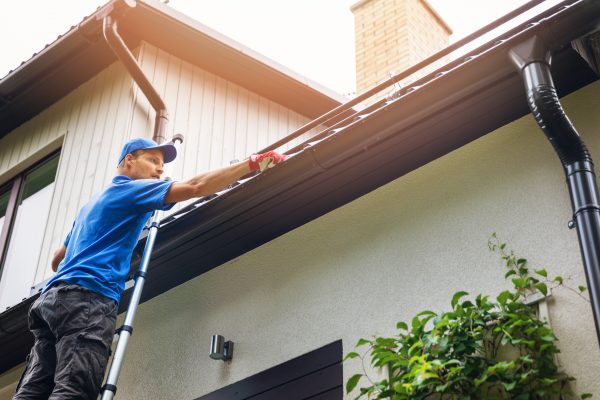

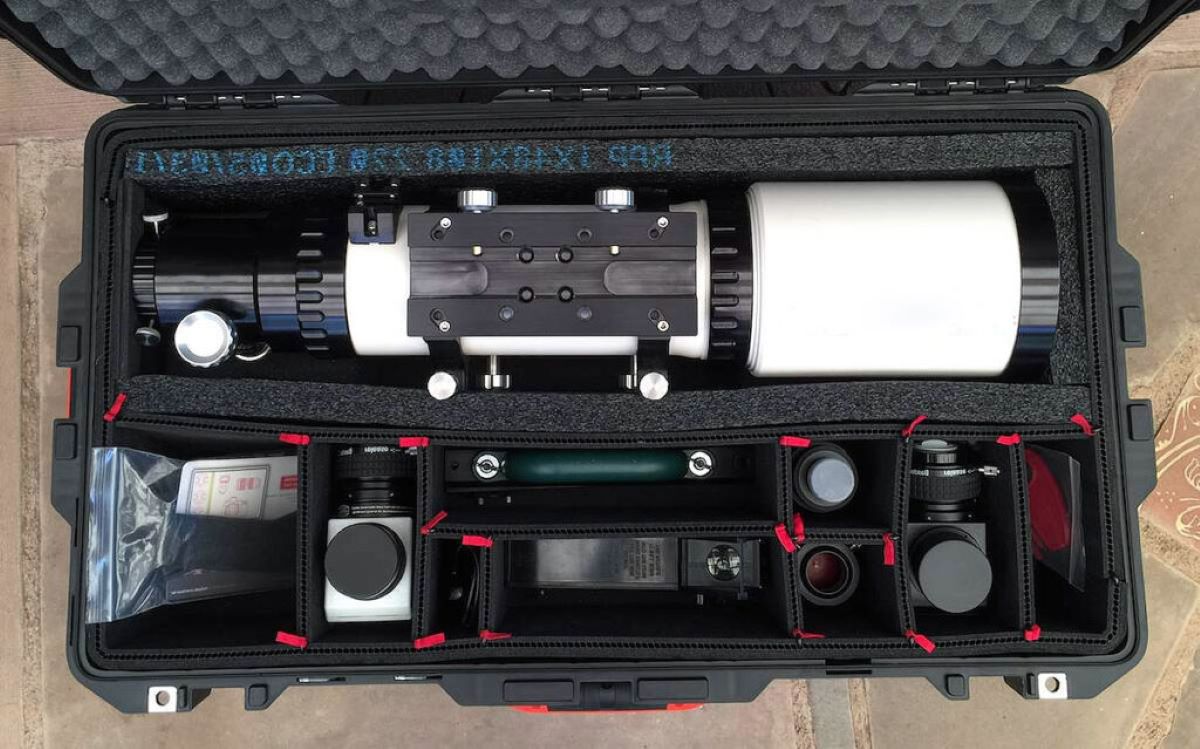
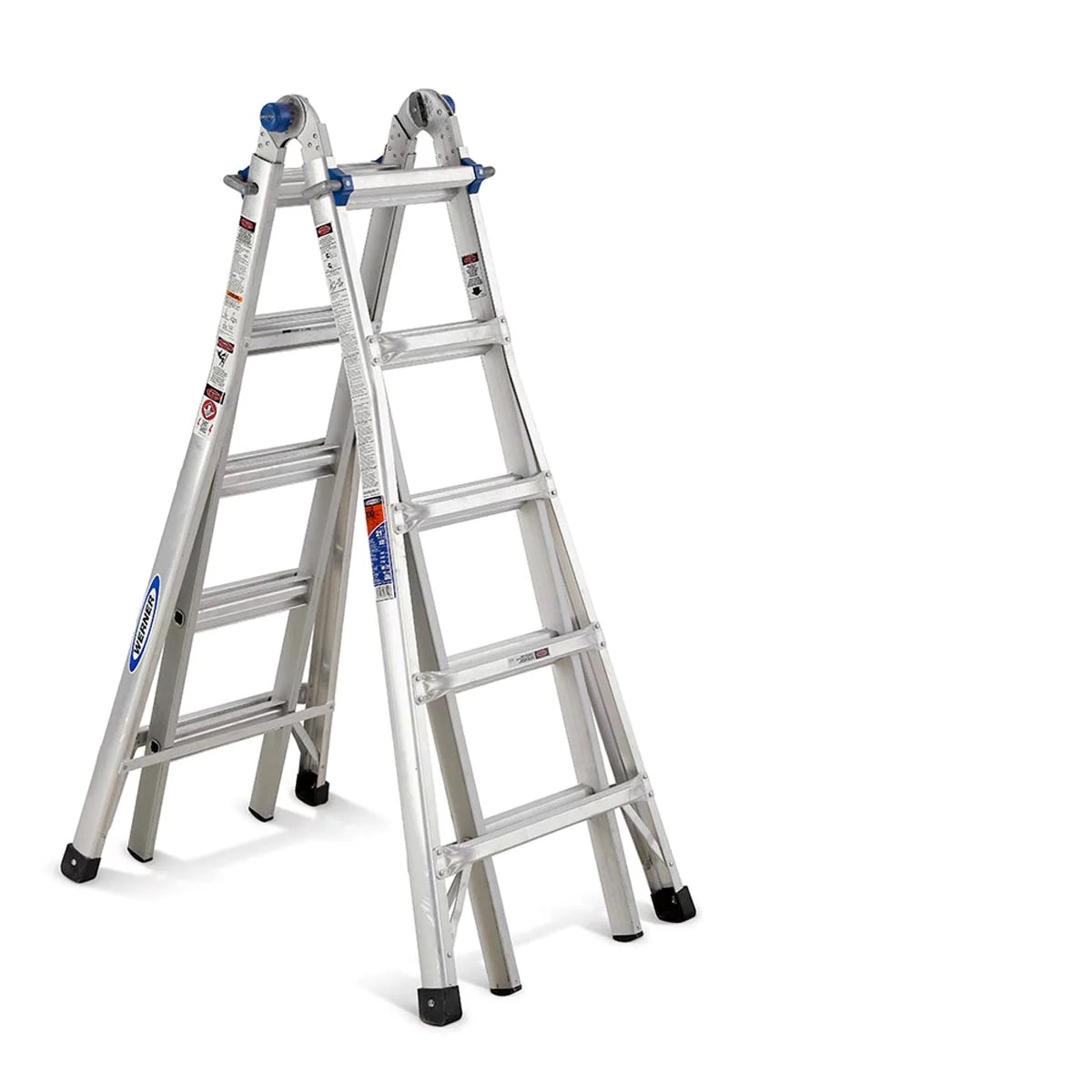
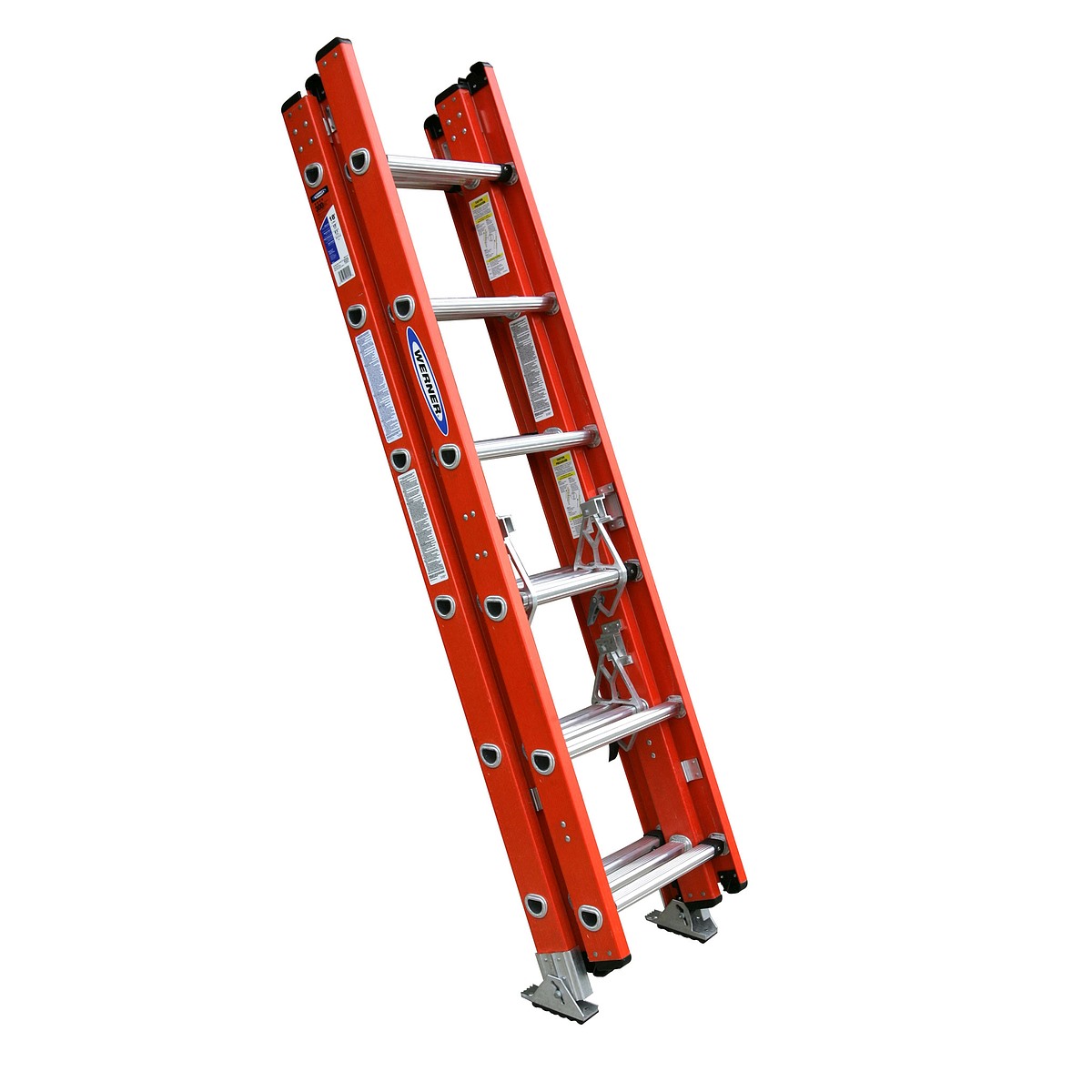
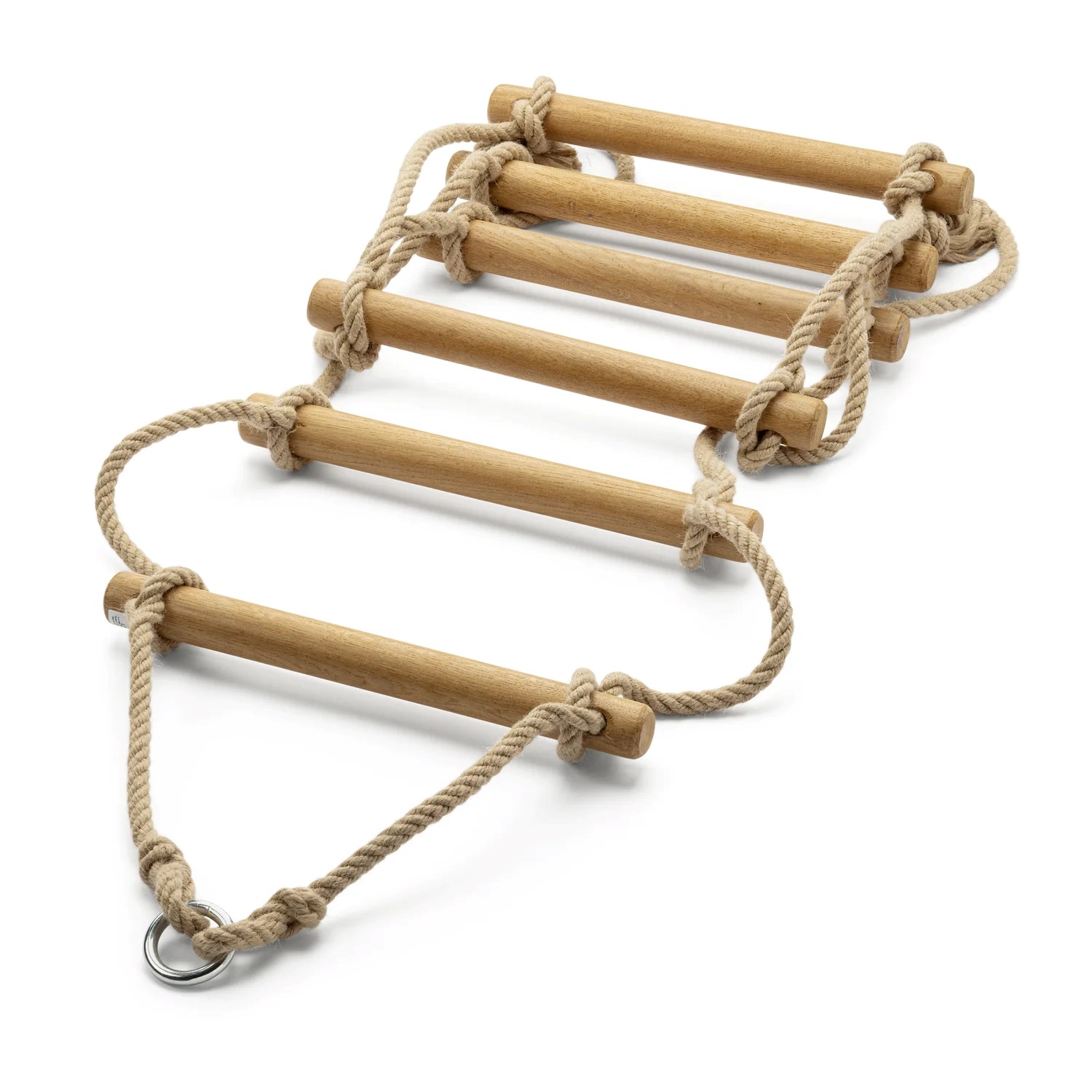
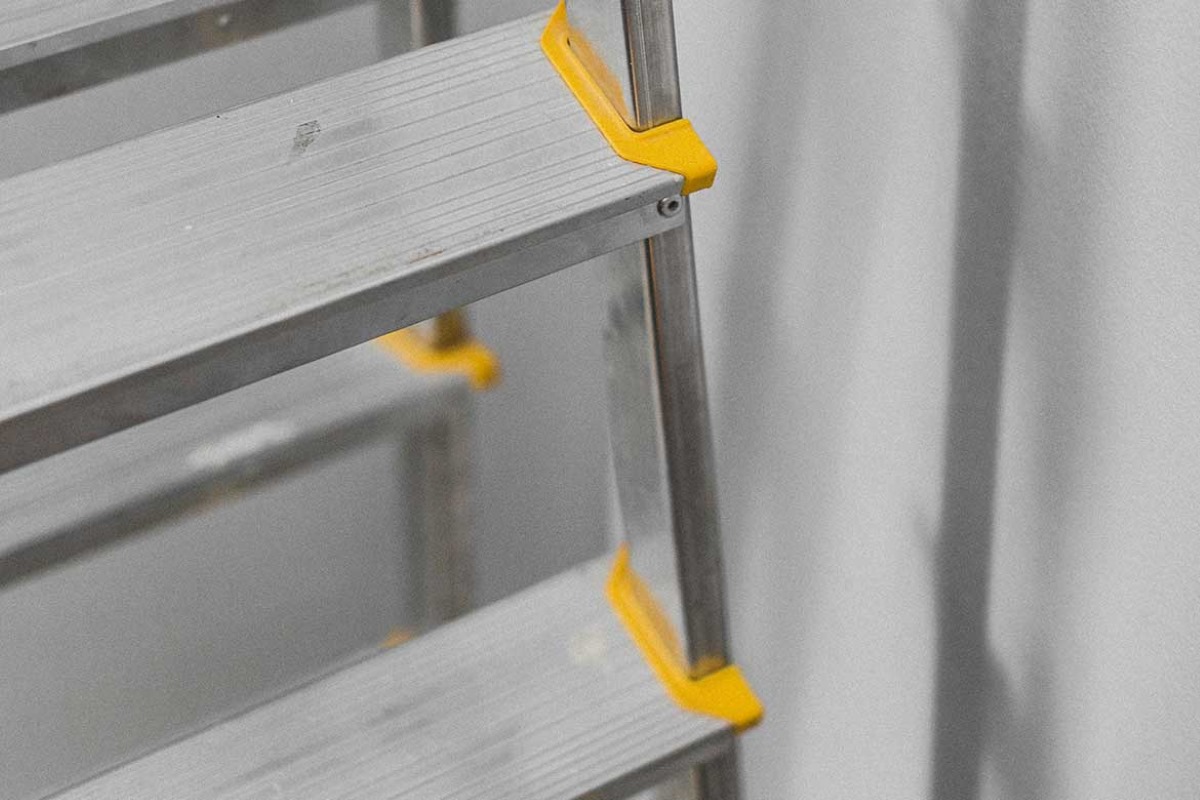
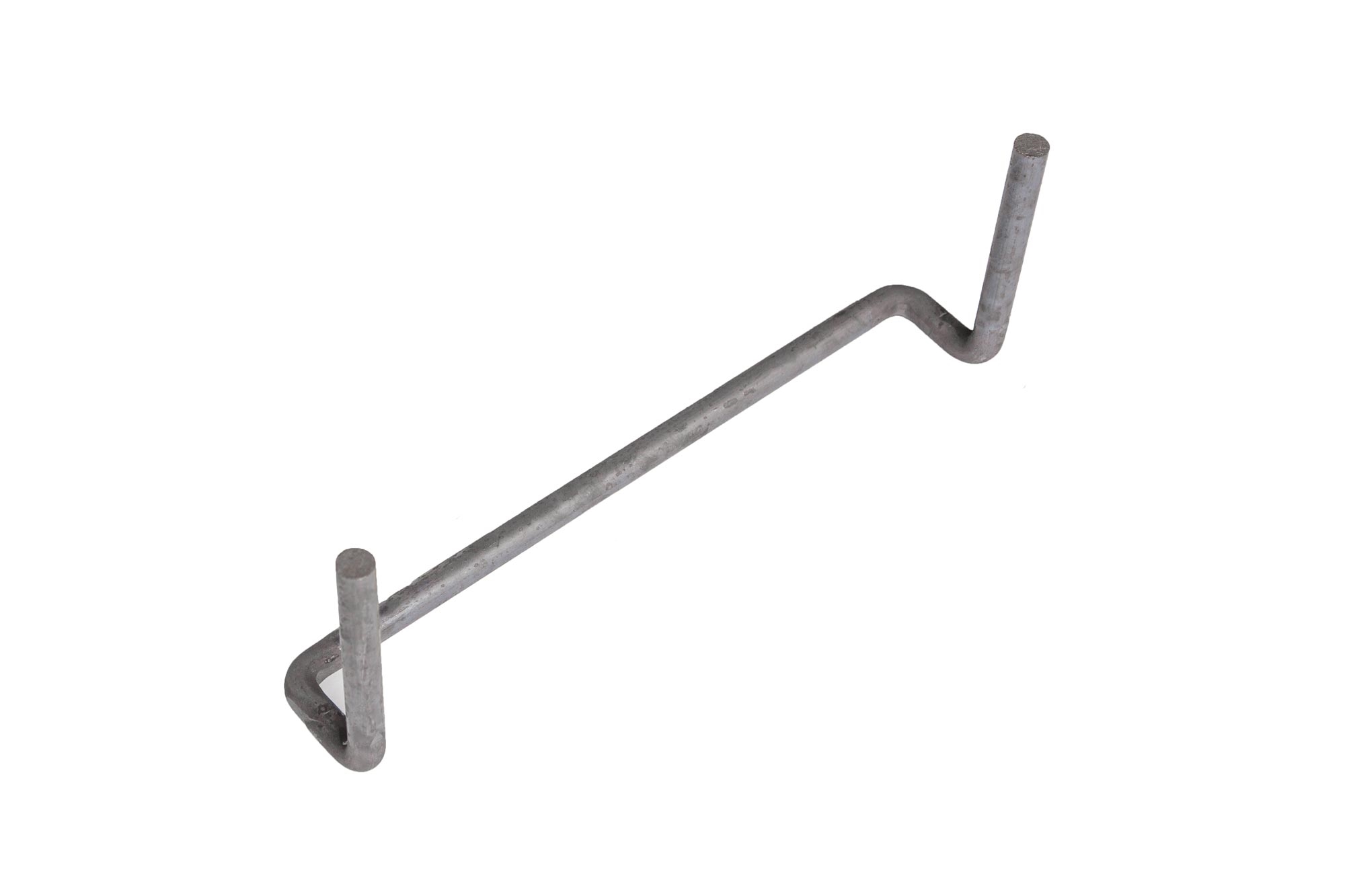
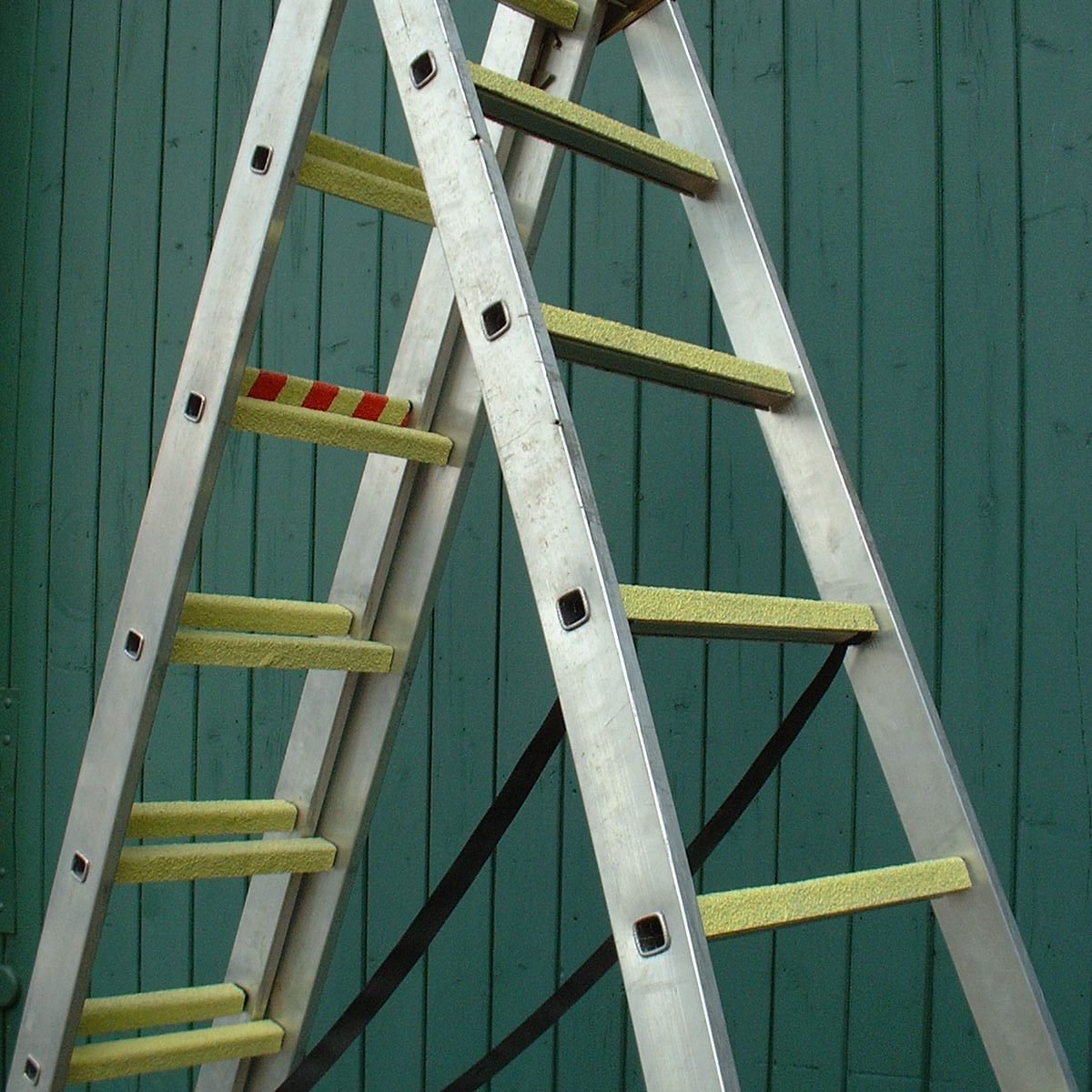
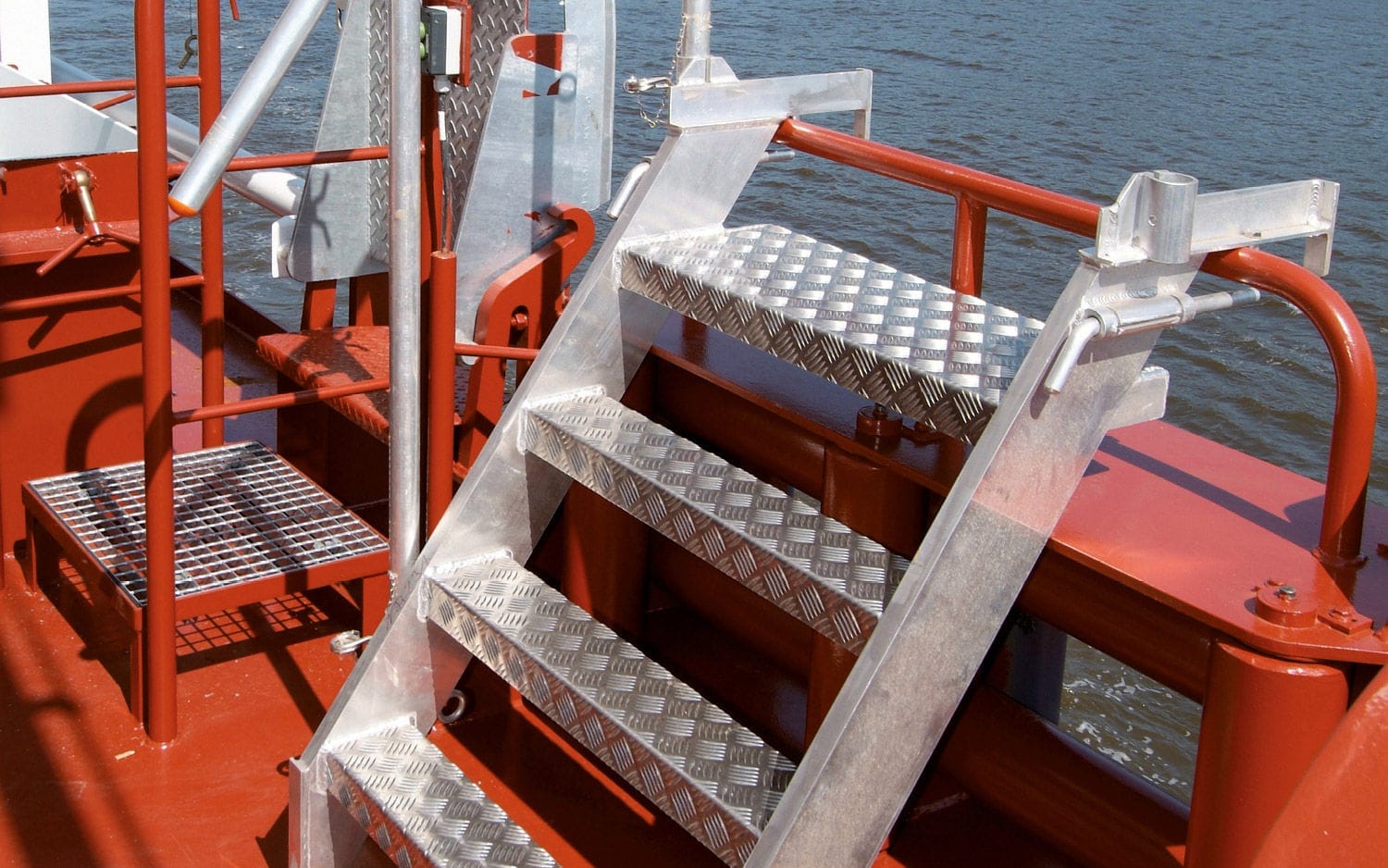


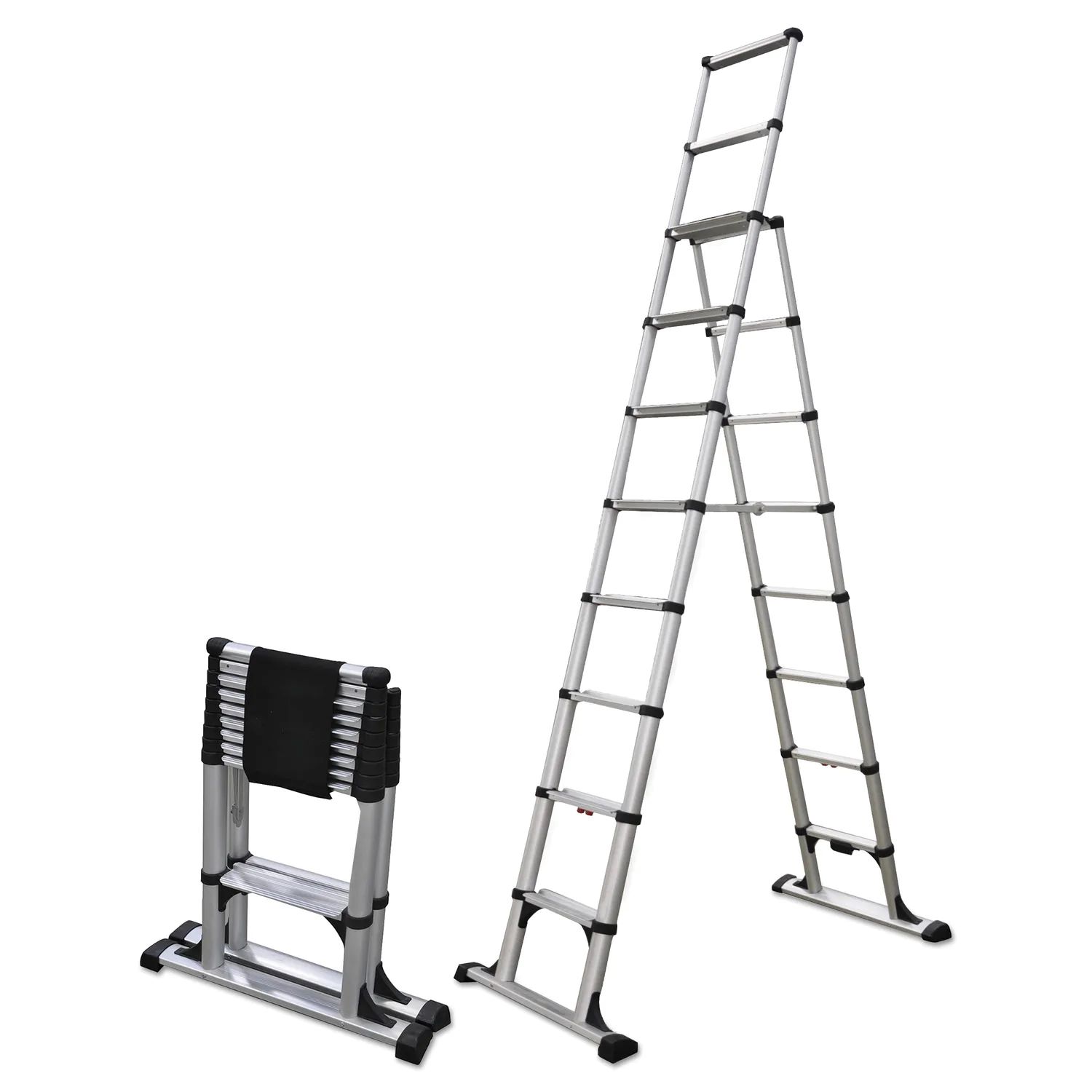
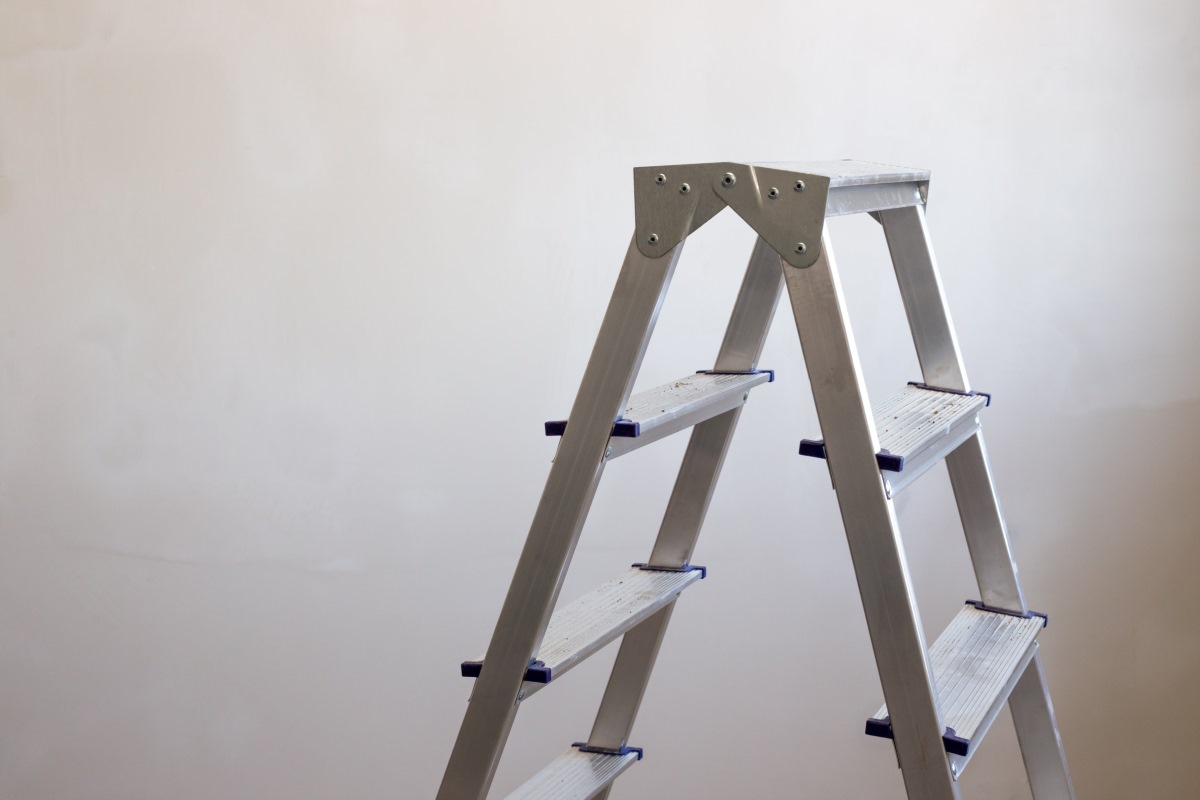

0 thoughts on “What Is A Telescopic Ladder”